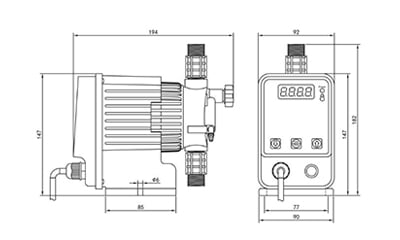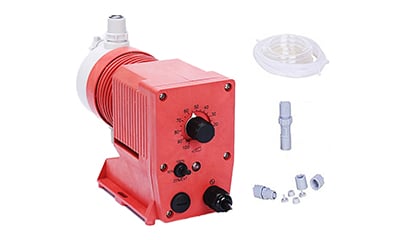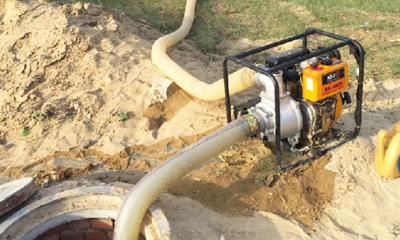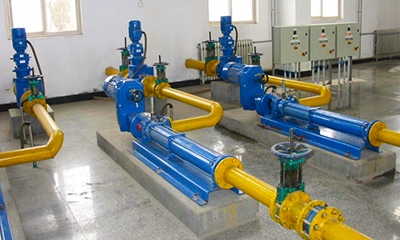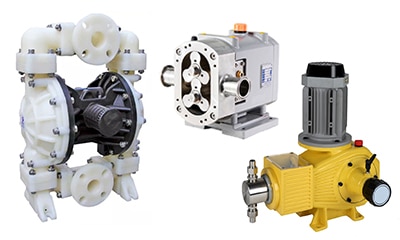Exports are higher than imports to avoid siphoning
Pump head and injection valve should be installed vertically
The attached pipe fitting can be tightened by hand, do not use tools; Do not use raw tape at the thread
The supply voltage is stable and grounded
Installation environment clean and spacious, well-ventilated common faults
1) metering pump suction is not normal
Rotate to 100% of stroke length. This allows the whole unit to rotate until the back plate drain hole is aligned with the end of the pump. Adjust hydraulic end and diaphragm to proper position during pump operation.
The duration of the pulse may not be long enough for the response time. As opposed to the standard pulse width of 80msec, the flow monitor pulse width extension can be activated to increase the pulse width to 300msec. Activate the intelligent transfer switch, remove the cover of the fixed circuit board, and remove the jumper X-1. This activates the extension functionality, allowing more time before a failure indication.
Metering pump installed from the exhaust pump head, the use of self-filling suction. Keep suction lines as short as possible.
2) remove the metering pump diaphragm
Trouble is often encountered in removing an old diaphragm. Here are some additional tips on how to remove an old diaphragm.
After the pump head is loose, adjust the stroke length to 0% before removing the pump head. This ensures that the electromagnetic shaft has enough pressure to keep the connection firm so that the diaphragm can be unscrewed.
Pull the hydraulic end outward to disengage the screw from the socket. Grasp the end of the liquid and rotate it counterclockwise. With a little resistance, you can unscrew the diaphragm.
The metered chemicals may crystallize at the hydraulic end, causing the valve ball and seat of the check valve to work normally.
There may be gas leakage at the suction end of the metering pump. Hydraulic suction side fittings may be missing O – rings or loose suction valve connections.
3) The flow monitoring is used to measure a kind of high viscosity medium. The flow fault indicator signal is received during the pumping process. What can be done to solve this problem?
Move the hydraulic end by loosening 4 pump head screws. Rotate the stroke length to 0% and hold the hydraulic end, then slide out through the screw hole so the screws do not touch them, but still hold the backboard and diaphragm. Then rotate the component counterclockwise, and a little resistance will loosen the diaphragm from the electromagnetic shaft. If the diaphragm has not come loose, apply some lubricating oil to the contact surface between the diaphragm and the electromagnetic shaft. After leaving for a few minutes, gently tap the diaphragm with a small plastic hammer. Then do it again as described above.
4) how to prevent metering pump stroke positioning motor burning?
Remove the 4 screws that hold the pump head. The screw position is on the back of the metering pump.
See if the drain line is installed and the drain valve is closed? The discharge valve needs to be opened during the suction phase of the metering pump. Note: not all metering pumps have drain valves.
Install the pump head after the diaphragm is installed and the back plate drain hole is in a vertical position. Make sure the suction valve is aligned with the drain hole and the screws on the hydraulic end are aligned with the corresponding 4 holes.
5) hydraulic metering pump flow smaller or inaccurate?
Open the air discharge valve in the three valves.
Fully replenish oil through the oil replenishment valve.

